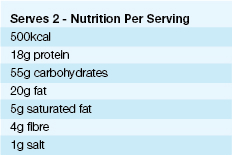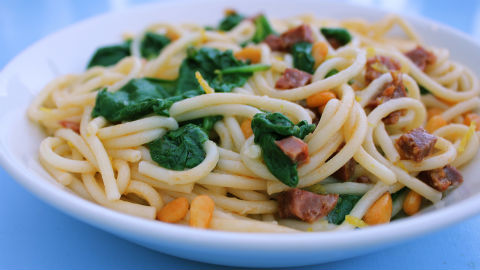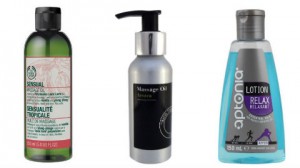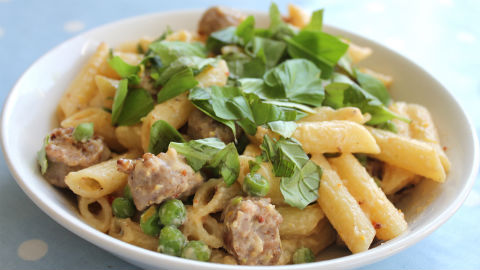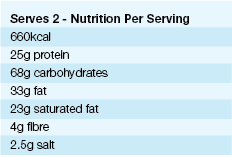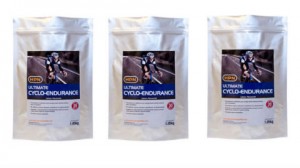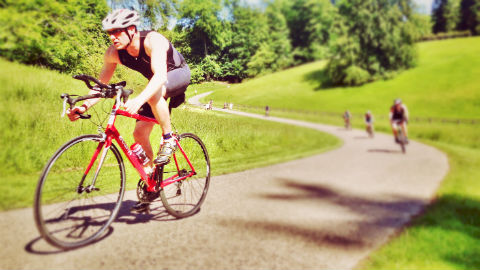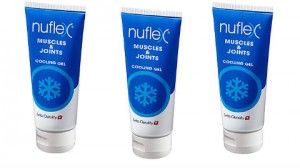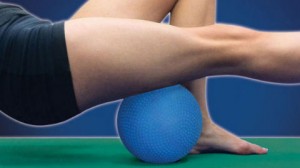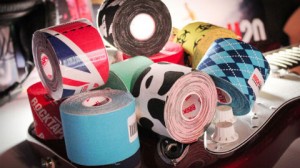 As one of the team sponsors of Team Garmin Sharp, ROCKTAPE, have had their fair share of experience working with cycling injuries, whether on the Tour de France, at local triathlons or at the UK National Mountain Bike Championship. Cyclo asked Daniel Lawrence, ROCKTAPE’s Education Director, to talk us through some of the most common cycling injuries, how they come about, and what you can do to treat and avoid them…
As one of the team sponsors of Team Garmin Sharp, ROCKTAPE, have had their fair share of experience working with cycling injuries, whether on the Tour de France, at local triathlons or at the UK National Mountain Bike Championship. Cyclo asked Daniel Lawrence, ROCKTAPE’s Education Director, to talk us through some of the most common cycling injuries, how they come about, and what you can do to treat and avoid them…
Cycling injuries are usually not too severe and can be easily treated; however they can become commonplace if you do not take the correct precautions. Many of the injuries that I see amongst cyclists tend to be overuse injuries through regular repetitive movements, or postural injuries, the result of an improper riding position or posture on the bike.
Points of contact cycling injuries are one of the most common things that I see with cyclists. Take, for example, where the cleats make contact with the pedal, usually via a clipless pedal system. If your cleats are not properly positioned at the correct angle, your will end up with shooting pains in your knees that will simply continue to grow until corrected. One of the simplest ways to remedy this is to correctly set up your clipless pedal system. It might take a bit of fiddling about and adjusting to get your shoe position correct but it will help ensure your feet are always in the correct position and also help you to generate more power easily too.
If you haven’t invested in a clipless pedal system, than it is definitely something that I would recommend.
Another incredibly common point of contact injury is with the handlebar. Either holding it in the same position for a long period of time, gripping it too tightly, or leaning too far over the handlebar can result in compression of the ulnar nerve. Whilst I could tell you about more technical ways to resolve this, honestly the simplest way is to make sure that you simply move your hands around the handlebar a bit. Try not to get stuck in one position at a time. Road bikes are specifically designed to allow riders to grip the handlebars, on the sides, above or below, so just make sure to alter your position as you ride. Otherwise you’ll suffer pins and needles and discomfort in your hands and fingers.
Moving on, if you look at professional cyclists like Robert Forestmann, one of the first things you notice is the size of their quads. They call Forestmann Quadzilla for good reason.
Quads certainly get a pretty intense workout during cycling and when they are in regular use, like during the Tour de France, they can easily suffer from fatigue. So, after a day’s racing, cyclists receive a massage to dissolve the lactic acid that has been built up in the quads and help ensure that the team is cycling fit for the next day on the tour.
If you do ever find yourself cycling without a support truck and a team of masseuses than I’ve found that kinesiology tape (applied before starting) can promote muscle endurance and aid recovery.
Whilst he is not competing in the Tour de France this year, if you have ever watched Sir Bradley Wiggins in the time trials you will have seen him hunched right forwards over the bike to make him more aerodynamic. This can cause muscle fatigue in your lower back and neck. The easy answer is of course to simply sit up, or stand on your bicycle. However, this would obviously slow Sir Bradley down… Again, I’d recommend using kinesiology tape – such as ROCKTAPE – on that lower back area. It will help stimulate the skin in the area, promoting muscle function and decreasing pain.
If you’re not up there with Wiggins quite yet and, like me, simply cycle to keep fit and for fun you might find that you have quite tight hamstrings and calves. This can be an issue when running, as you can struggle with non-cycling movement patterns; the simple answer here is to make sure that you warm up and cool down before any exercise. However, if you do find yourself still struggling then you could use a foam roller to help reduce muscle tone and help reduce any tightness.
But do you know what causes most cycling injuries? Crashing (the 2014 Tour de France is fairly conclusive proof of this.) There’s one useful bit of advice that I can give you for that: Make sure you always wear a helmet!
For further details on ROCKTAPE – including instructional videos and guides for use – see rocktape.net
Read the Cyclo review of ROCKTAPE here.
More on Team Garmin Sharp slipstreamsports.com
